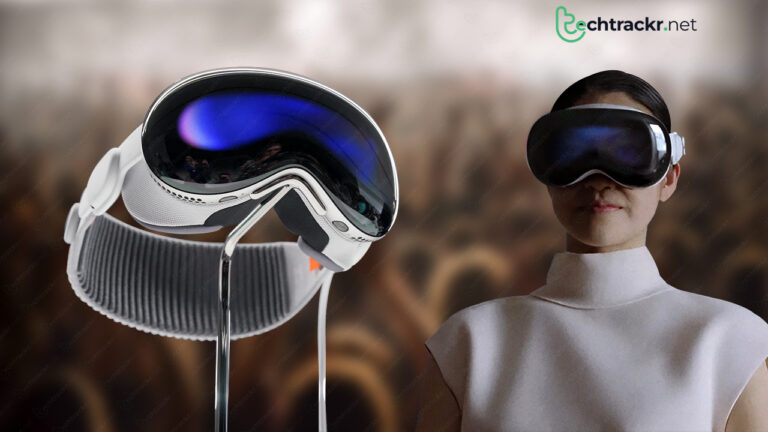
The Apple Vision Pro, to put it simply, is a pricey piece of cutting-edge tech, with a hefty $3,499 tag for the 256GB version. But why does it come with such a hefty price tag for Apple’s most loyal fans? Well, it could be because of the high production costs. As per the latest data, the total cost of materials for each headset is over $1,500.
The report also mentions that most of that cost is due to the top-notch, high-resolution, dual-4K micro-OLED screens, which are anticipated to provide the ultimate visual experience in an AR headset.
According to CNBC, Omdia has given an estimate of the Apple Vision Pro’s ‘Bill of Materials,’ which amounts to $1,542. This figure only includes the cost of the components and doesn’t cover research and development, packaging, marketing, or Apple’s profit margin. The majority of this cost is due to the two 4K micro-OLED screens sourced from Sony, each priced at $228, totaling $456.
Of course, when Apple gears up to launch the successor to the headset, it’ll probably aim to bring in more panel makers. An earlier report suggests that the tech giant is considering two Chinese display suppliers to help lower costs.
The report didn’t list the other components, but that’s not a big deal, considering the 4K displays make up almost 30% of the $1,542 total. It’s clear that for Apple to really push this category forward, they’ll need to offer a more affordable option. Previous info suggests the earliest we might see this is in 2025.
On top of that, the cheaper version of the Apple Vision Pro is rumored to come with a few downgrades, like a lower-quality display and possibly being powered by an iPhone SoC instead of a Mac one.
The next priciest parts in the Apple Vision Pro are the M2 and R1 chipsets, which are crucial for driving content to the two 4K micro-OLED panels. Although the estimates don’t specify the chips’ costs, the difference between them and the displays is likely huge. The M2 is also used in various portable MacBook options, which don’t come close to the $3,499 price tag.
An analyst has forecasted that the Apple Vision Pro won’t hit mass production until 2027, and the release of both it and the low-cost model hinges on whether the company can reduce component costs down the line.
